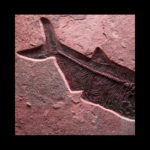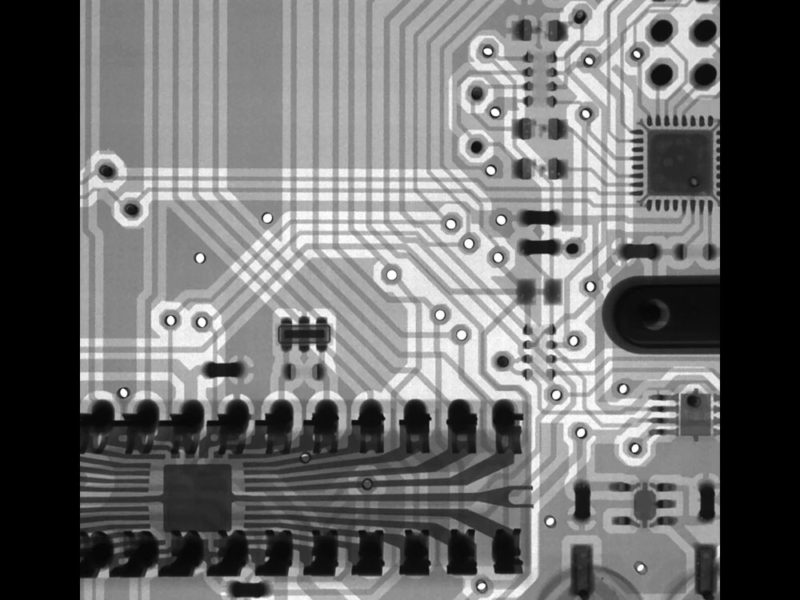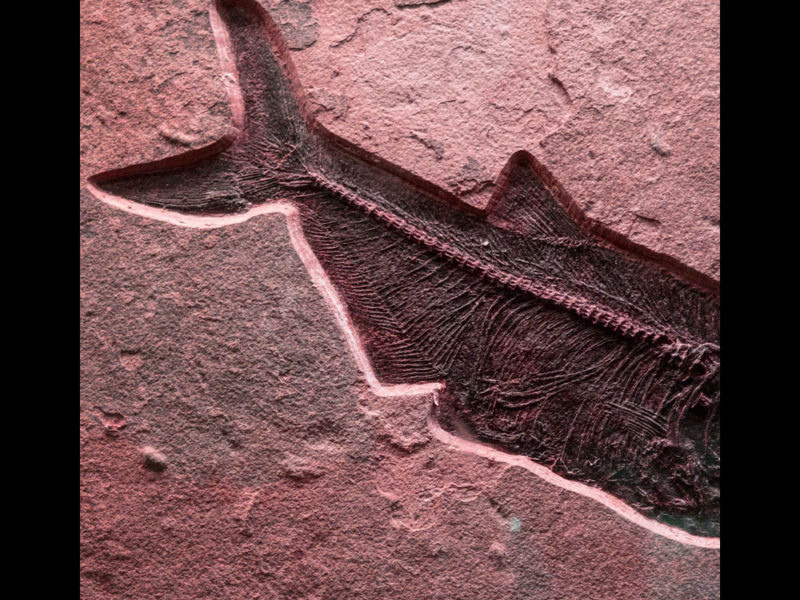
Uncertainty, Decision Making and Design
We are often faced with the need to make a decision in a situation of uncertainty. We face this in all sorts of scales and scenarios in life from which road with the least traffic to take every morning, to more strategic decisions of whether we should take on a certain project or where our career is heading.
In the field of analytics and strategy, the term “Deep Uncertainty” is often used to describe situations where the parties to a decision do not or cannot know all the parameters and information necessary to make a certain strategic decision. This leads to uncertainty in the consequences of these decisions.
In strategic development and risk management, there are tools and processes to maneuver these situations of deep uncertainty where models are simulated with endless scenarios that can give probabilities to guide the decision-making.
However, in all other aspects of life, we are often not equipped with the skills or the tools to be able to simulate these scenarios and expose the probabilities.
Rather, we often make choices in states of uncertainty based on intuition, experience, and what we believe is best within what we know.
In design, all projects often start in a state of deep uncertainty, where the designer has to experiment with many scenarios and test for the best fit in order to move on to the next stage, and from one stage to another, some uncertainties clear up while others appear. And it often feels like any project is in a continuous state of uncertainty until it is completed.
There are many simulation tools that now help designers and architects define the parameters of the projects and simulate multiple scenarios within complex situations to assist in the design process, however, we are still vulnerable to the unpredictability of human behaviors from partners, clients, users, the public, or even as the design team.
So how do we navigate these situations and deliver the project to successful completion?
There are three main attitudes or states which one may adopt in the face of uncertainty:
Flexibility:
the ability to be easily modified, or willingness to change or compromise. This means that when one adopts an attitude of flexibility, one is willing to change direction at any time within a process in order to fit within the requirements of the perceived state.
Robustness:
the ability to resist change without major consequences on the structure of the system or agent. This means that when one adopts an attitude of robustness, one needs to be strong in the face of changes and have the ability to withstand some impact without compromise to the core of what one does
Resilience:
the ability to withstand changes in structure and environment and still function. This means that when one adopts an attitude of resilience, one is willing to reconstruct and make changes to the system without compromise to the values and vision
Flexibility includes change and therefore requires openness, freedom, speed in transitions, non-commitment but also courage and curiosity. Robustness includes resistance and therefore requires strength, commitment, practice, focus, and determination. Resilience includes adaptation and therefore requires experience, confidence, knowledge, diversity, and decentralization.
How does this translate into the creative process?
Every design project starts with a conceptualization stage, where the design is envisioned and formulated from an architectural and experiential perspective. Then the project goes into technical development, where the conceptual work is translated into engineering drawings and documents, and finally, it goes into construction, where it starts to manifest in reality.
In the first stage, we need to be flexible, allowing the design to completely shift direction if needed and explore many scenarios quickly and without commitment. Until we get to a best-fit solution which we take into development. In this stage, we need to be robust to accommodate all the technical requirements and allow the design to develop without compromising the concept.
In implementation, we need to be resilient, where some changes may be necessary to accommodate the unknowns of reality while maintaining the integrity of the design and the structure.
In our professional development as a company and as people, we often start in a state of flexibility, where we are willing to explore and change to chase the opportunities and potentials as they come. Then comes a time when we find a direction or purpose that we need to develop further, and we adopt an attitude of robustness to sharpen that skill and resist the temptation to leave it or allow it to shift before reaching its maximum potential.
Once we are fully competent in that direction, we adopt an attitude of resilience, where we are confident to drift and make changes because of our deep knowledge and understanding of the situation and the belief that things will turn out alright.
As the world and especially our region is becoming more and more complex, and the situations of deep uncertainty are becoming more common, being aware of these three attitudes and adopting them consciously allows us to be in a continuous state of exploration, be able to follow what we find of potential and make things happen by being resilient.






